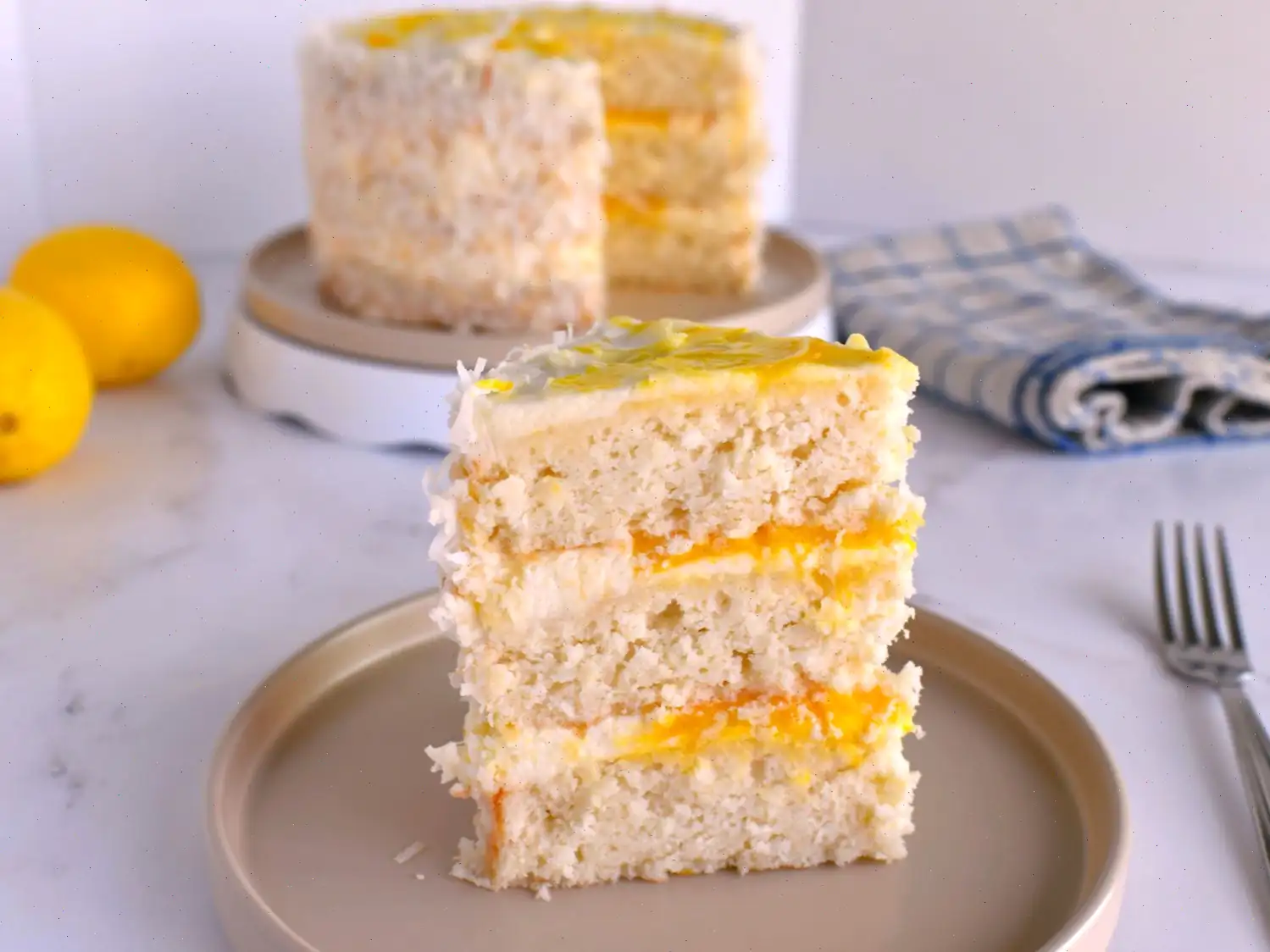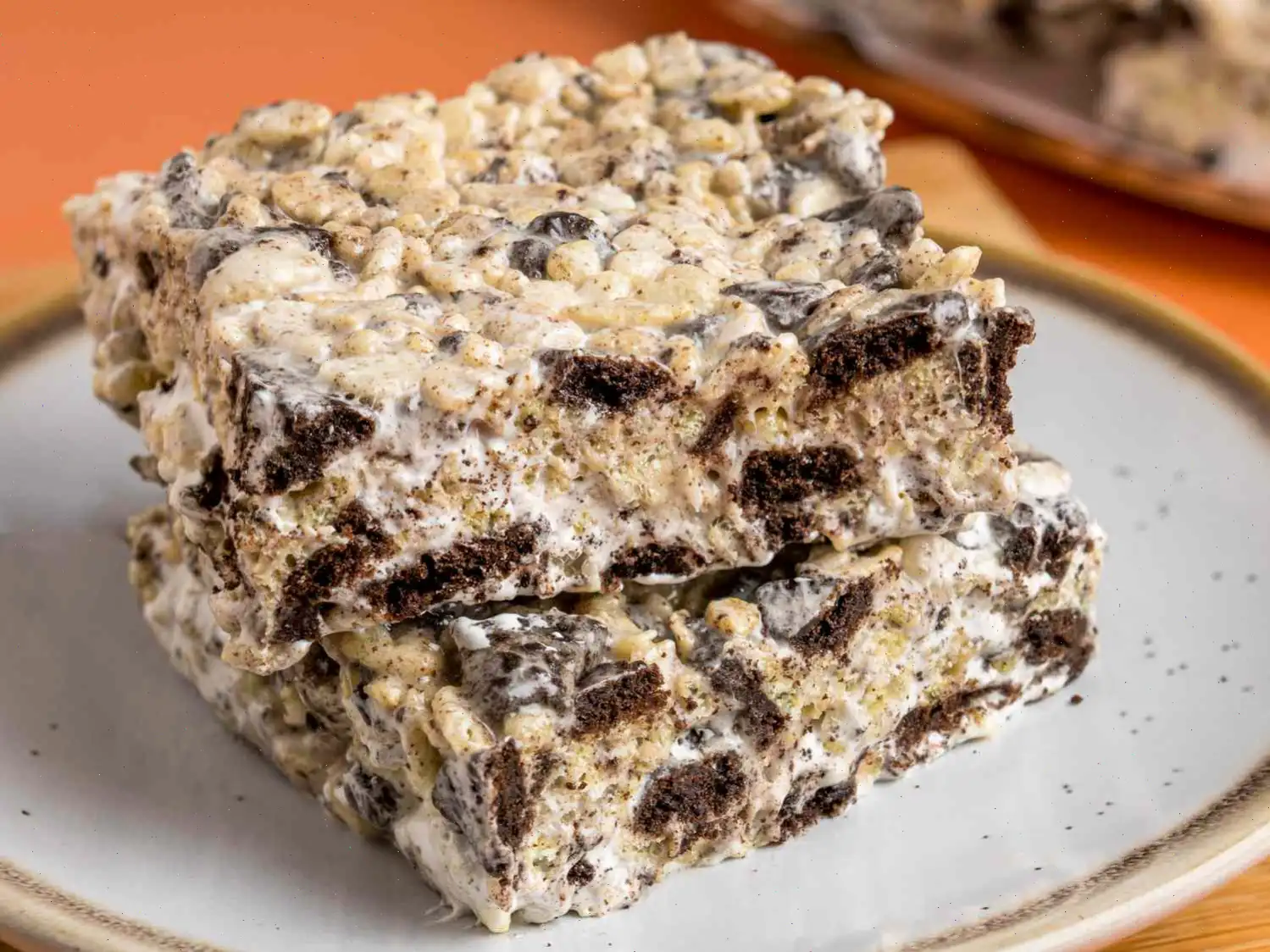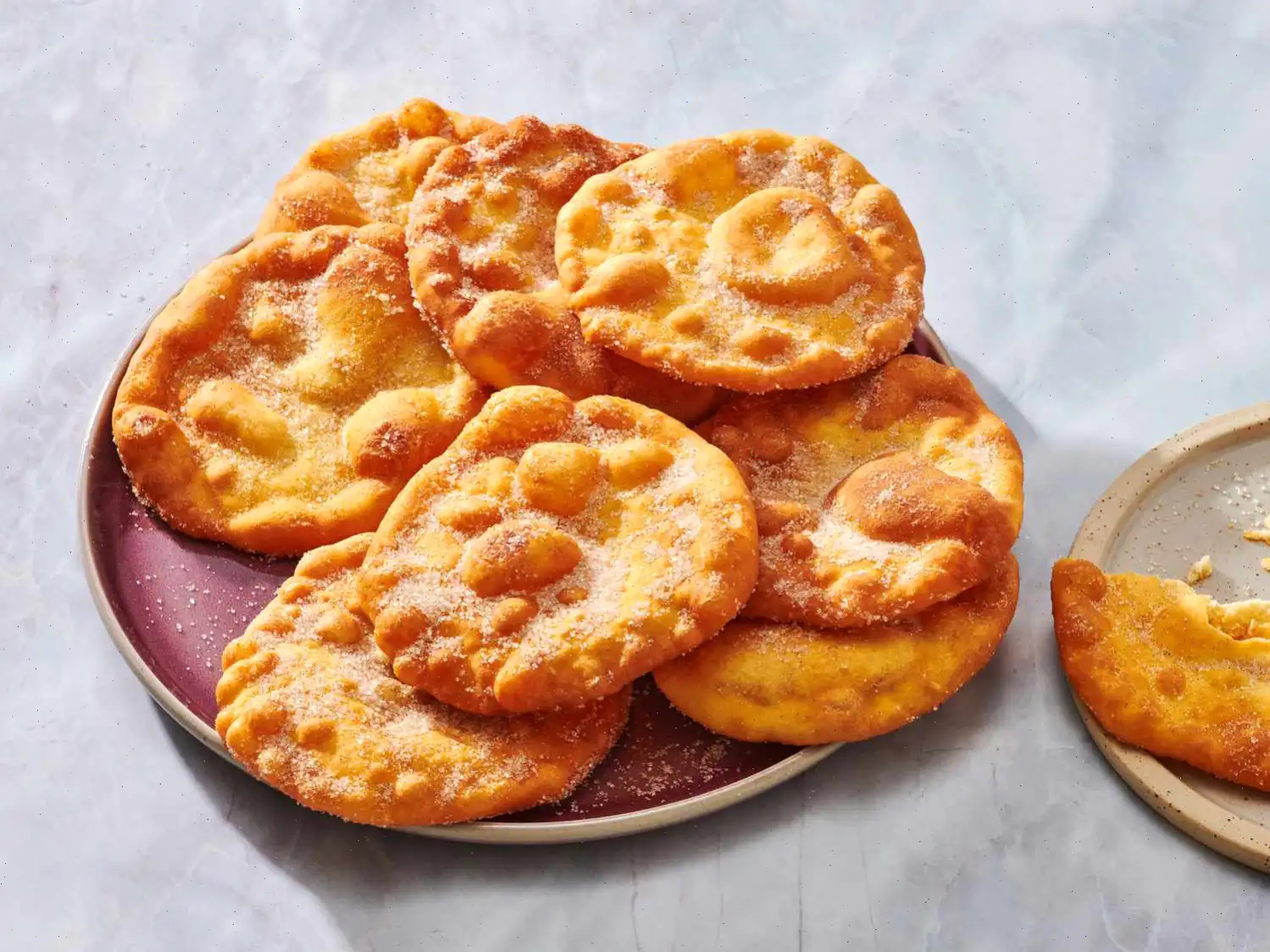
Lemon Coconut Cake Recipe
Ingredients
This recipe was developed at its original yield. Ingredient amounts are automatically adjusted, but cooking times and steps remain unchanged. Note that not all recipes scale perfectly.
Original recipe (1X) yields 12 servings
Lemon Curd
- 6 large egg yolks, at room temperature
- 2/3 cup white sugar
- 2 tablespoons fresh lemon zest
- 3/4 cup freshly squeezed lemon juice
- 1 pinch salt
- 1/2 cup unsalted butter, cut into 8 pieces
Coconut Cake
- 2 cups sweetened coconut flakes
- 3 cups cake flour
- 2 teaspoons baking powder
- 1 teaspoon salt
- 1/4 teaspoon ground nutmeg
- 1 cup unsalted butter, softened
- 1/4 cup vegetable oil
- 1 cups white sugar
- 1/2 cup sour cream, at room temperature
- 2 tablespoons freshly squeezed lemon juice
- 1 tablespoon vanilla extract
- 1 cup full-fat coconut milk
- 6 large egg whites, at room temperature
- 1/4 teaspoon cream of tartar
Cream Cheese Frosting
- 1/2 cup cold unsalted butter
- 1 (8 ounce) package cold full-fat cream cheese
- 4 cups confectioner's sugar
- 1 teaspoons fresh lemon zest, or to taste
- 1/2 teaspoon vanilla extract
- 1/4 teaspoon salt, or to taste
- 1 tablespoon chilled full-fat coconut milk
Garnish
- 1 cups toasted sweetened coconut flakes, or as needed
Directions
Step 1: Make the Lemon Curd
Place egg yolks, sugar, lemon zest, lemon juice, salt, and butter in a small non-reactive saucepan over medium-low heat. Cook, stirring constantly, until the mixture begins to simmer and thickens, about 8 to 12 minutes. Pour the mixture through a fine mesh sieve set over a bowl, using a spatula or wooden spoon to push the mixture through. Cover with plastic wrap directly touching the curd, and refrigerate until chilled.
Step 2: Make the Coconut Cake
Preheat the oven to 350F (175C). Lightly grease three 8-inch round cake pans and line the bottoms with parchment paper. Place the coconut flakes into a food processor or blender and pulse until finely chopped; set aside.
Sift the cake flour, baking powder, salt, and nutmeg together in a large bowl. Stir in the finely chopped coconut.
In a separate large bowl, beat butter, vegetable oil, and sugar with an electric mixer until light and fluffy, about 3 to 4 minutes. Add sour cream, lemon juice, and vanilla extract, mixing until well combined. Add half of the flour mixture and mix until just combined. Add the coconut milk and mix again. Add the remaining flour mixture and mix until just combined.
In a clean bowl, combine egg whites and cream of tartar. Beat with clean beaters on medium-high speed until stiff peaks form, about 5 minutes. Fold 1/3 of the egg whites into the cake batter until no streaks remain. Repeat with the remaining egg whites, folding gently until smooth.
Divide the batter evenly between the 3 prepared cake pans and bake for 20 to 25 minutes, until the tops spring back when touched. Let the cakes cool in the pans for 20 minutes before removing them to a wire rack to cool completely.
Step 3: Make the Frosting
Cut the cold butter into 1/2-inch pieces and place in a large bowl. Beat the butter with an electric mixer on low speed until it loosens. Gradually increase the speed and beat until smooth, about 2 minutes. Add the cold cream cheese and beat on medium-high speed until completely smooth, about 3 minutes. Add the confectioners sugar, mixing until fully combined. Add lemon zest, vanilla, and salt, mixing until incorporated. Gradually add the remaining sugar, 1 cup at a time, beating well after each addition.
Add 1 tablespoon of cold coconut milk and beat on medium-high speed for another 2 to 3 minutes. If the frosting is too soft to spread, chill in the fridge for about 10 minutes until it firms up.
Step 4: Assemble the Cake
Place one cake layer on a serving platter. Spread a thin layer of cream cheese frosting over the top. Pipe a ring of frosting around the top edge of the cake. Spoon 2 tablespoons of lemon curd into the center and spread evenly.
Stack the second cake layer on top, repeating the frosting and curd steps. For the final layer, frost the top and sides of the cake with a thin layer of frosting. Press toasted coconut flakes onto the sides of the cake with your hands.
If desired, drizzle or swirl extra lemon curd on top. Refrigerate the cake for about 30 minutes before serving.
Step 5: Toast the Coconut (Optional)
Preheat the oven to 350F (175C). Spread coconut flakes on a baking sheet and toast in the oven, shaking the pan halfway through, for 8 to 10 minutes until golden brown and fragrant.
Nutrition Facts (Per Serving)
- Calories: 1029
- Total Fat: 59g (76% Daily Value)
- Saturated Fat: 37g (184% Daily Value)
- Cholesterol: 214mg (71% Daily Value)
- Sodium: 553mg (24% Daily Value)
- Total Carbohydrates: 118g (43% Daily Value)
- Dietary Fiber: 4g (13% Daily Value)
- Total Sugars: 84g
- Protein: 11g (22% Daily Value)
- Vitamin C: 4mg (5% Daily Value)
- Calcium: 126mg (10% Daily Value)
- Iron: 4mg (24% Daily Value)
- Potassium: 327mg (7% Daily Value)
The Lemon Coconut Cake is a delightful dessert that combines the tartness of fresh lemon with the tropical flavor of coconut. Its moist, fluffy layers and tangy lemon curd filling make it a perfect treat for various occasions, from birthday celebrations to holiday feasts. But where did this cake come from, and what makes it unique? Lets explore its history, regional variations, and interesting facts that make this dessert special.
History of Lemon Coconut Cake
The Lemon Coconut Cake is a relatively modern creation, likely evolving in the United States during the 20th century, where the use of coconut in cakes became quite popular. The cakes origins can be traced to the American love for coconut desserts, which gained momentum in the 19th century with the advent of canned coconut. Lemon, on the other hand, has long been used in cakes, especially in European and American baking traditions. The pairing of lemon and coconut is believed to have emerged as bakers sought to add variety to traditional coconut cakes by incorporating the bright, refreshing taste of lemon. As it gained popularity, the cake became a favorite for celebrations, particularly during summer months when fresh lemons were in season.
Regional Variations of Lemon Coconut Cake
Though the Lemon Coconut Cake is widely enjoyed across the United States, regional variations do exist. In the southern United States, coconut cakes have long been a staple of Southern hospitality, with many recipes incorporating toasted coconut for added flavor and texture. Some variations include a more intense lemon curd filling or substitute the frosting with a meringue or cream cheese frosting, which is often used in the Midwest. In certain tropical areas like Florida or Hawaii, where coconut and citrus fruits are abundant, the cake may be made with fresh coconut milk and locally grown lemons, which adds a distinct flavor to the cake.
How Lemon Coconut Cake Differs from Similar Desserts
The Lemon Coconut Cake stands apart from other coconut cakes because of its inclusion of tangy lemon curd filling. Unlike traditional coconut cakes, which may be more coconut-forward with a simple buttercream or whipped cream frosting, this cake incorporates both coconut and lemon in a way that balances sweetness with citrusy zing. Additionally, the addition of fresh lemon zest in both the cake batter and the frosting creates a fragrant, citrusy undertone that sets it apart from other desserts that primarily use coconut. While coconut cakes are common in the American South, the lemon twist gives this cake a fresh, vibrant appeal that makes it unique.
Where is Lemon Coconut Cake Typically Served?
Lemon Coconut Cake is a versatile dessert, often served at a variety of events, from casual gatherings to formal celebrations. Its particularly popular during the spring and summer months, as the bright lemon flavor pairs wonderfully with warmer weather. Youll often find it served at birthday parties, bridal showers, and even as a wedding cake. Its tropical flavor also makes it a fitting choice for beach-themed or island-inspired events. In addition, it is sometimes featured on dessert tables during holidays like Easter and Thanksgiving, where its vibrant colors add a festive touch to the spread.
Interesting Facts About Lemon Coconut Cake
- Many coconut cakes, including this one, use sweetened coconut flakes, which are more readily available and add a bit of sweetness to balance out the tart lemon flavor.
- The cake can be made with a variety of fillings and frostings, but one of the most beloved combinations is the lemon curd filling paired with a rich cream cheese frosting.
- In some variations, the coconut cake is topped with toasted coconut flakes, which add both flavor and texture, enhancing the overall cake experience.
- In addition to its delicious taste, this cake has become an Instagram favorite due to its bright, eye-catching appearance when decorated with coconut flakes and lemon swirls.
- The cakes popularity grew alongside the rise of food bloggers and recipe-sharing sites, where variations of the recipe can be found in many different styles, from classic to gluten-free or vegan versions.
In conclusion, the Lemon Coconut Cake is not just a dessert; its a piece of culinary history that has evolved over time to become a beloved classic. Whether you're enjoying it at a summer barbecue or serving it at a holiday dinner, this cake is a delightful combination of flavors and textures that is sure to impress. With its unique blend of tangy lemon curd, moist coconut cake, and creamy frosting, it remains a dessert that is both comforting and refreshing.
You can listen to this recipe in AI audio format. Simply click the play button below to listen to the content in a format that suits you best. It’s a great way to absorb information on the go!








